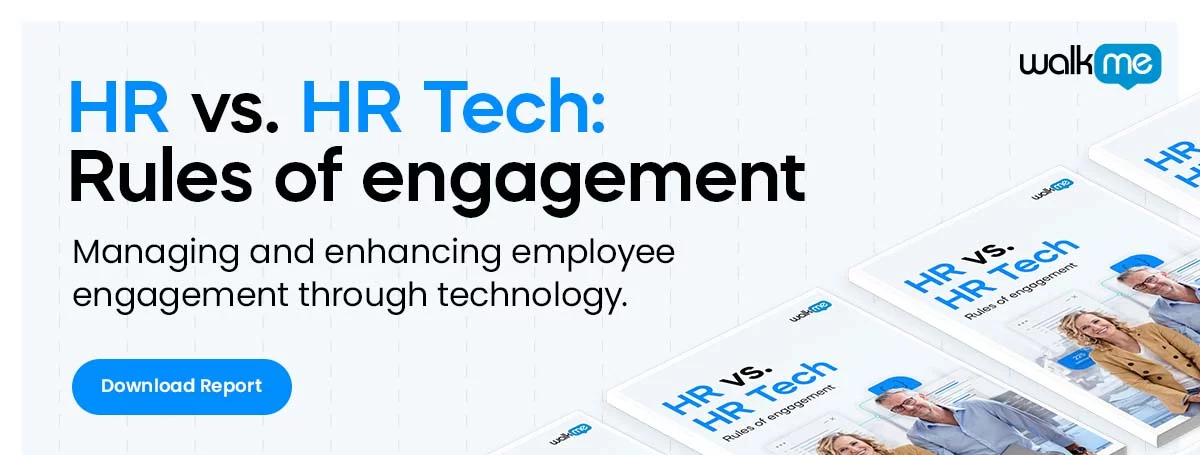
Every HR professional should have a solid grasp of the employee life cycle and an understanding of the key meanings of each stage of that journey. In this post, we’ll cover the key terms and definitions of each stage of that journey, from the meaning of employee onboarding to an offboarding (outboarding) definition.
The Employee Experience Defined
HR professionals widely recognize that every employee goes through a “journey” with an organization.
That journey, depending on who you ask, can be called:
- The employee life cycle
- The employee experience
- The employee journey
While no model of that life cycle is necessarily better than any other, it is important to have a clearly defined model. Without such a model, after all, it will be difficult – or impossible – to measure and improve upon the employee experience.
Below, we’ll cover some of the most important concepts that every HR professional should understand when it comes to their employees’ journey with the company, including:
- Attraction, recruitment, and hiring
- Employee onboarding
- Employee training and development
- Employee engagement
- Employee offboarding
Understanding the key metrics and performance indicators is also essential to making performance improvements, so we’ll look at a few of those as well.
Attraction, Recruitment, and Hiring
The first stage in the employee journey is attraction, recruitment, and hiring.
During this stage:
- HR professionals will post ads, create job descriptions, and seek out new job candidates
- Employees will be interviewed by the relevant parties within the organization
- Selected candidates will receive a job offer
Keep in mind that these stages are still considered part of the journey. They will, after all, still affect the employee’s experience with and perception of a company.
The hiring process then marks the beginning of the employee onboarding process.
Employee Onboarding
The onboarding process begins after the employee accepts the job offer and the become matriculated into the organization.
During this stage, HR will help the employee:
- Complete documentation, such as benefits and contracts
- Obtain the required equipment for their day-to-day jobs
- Integrate into their teams and the workplace
It is important not to underestimate the importance of this step.
Employees’ initial perception of an organization, after all, can directly affect metrics such as job satisfaction and employee retention.
Could this be why so many workers quit their jobs within 12 months of being hired? While every situation is unique, statistics such as this should underscore the importance of effectively integrating employees into the workplace.
Employee Engagement
Another key step in the employee journey is employee engagement.
During this stage, it is crucial that managers, HR professionals, and other relevant parties:
- See to new hires’ needs
- Monitor performance
- Pay attention to sentiment and job satisfaction
Listening to employees is an important part of this process, since employee feedback will help managers maximize engagement and minimize friction.
Employee Training and Development
The longer an employee is with a company, the more important it is to focus on importance. While that is true at the beginning, competency takes time to develop.
As employees settle into their positions and performance takes the forefront, the focus should shift to areas such as:
- Employee training
- Career development
- Mentorship and coaching
- Leadership and management training
The longer employees stay with a company, the more potential value they can add. This is one reason why many organizations focus on maximizing the performance of those employees who show leadership potential.
Employee Offboarding (Outboarding) Definition
The final stage in the employee journey is offboarding, or departure.
This step shouldn’t be glossed over, and it should be just as structured and measured as the other steps in the employee experience.
Typical actions during this stage include, among other things:
- Exit surveys and/or interviews
- Closing out IT accounts
- Ensuring all equipment is returned
- Completing paperwork
There are a few reasons why offboarding is important. On the one hand, for instance, offboarding ensures that nothing is forgotten. Yet conducting surveys and obtaining employee feedback can help managers better understand why employees left – that information, in turn, can be used to improve the organization and the employee experience.
Final Thoughts
The employee experience, or the employee journey, is a complete map of the interactions employees have with an organization.
By understanding the stages of that journey, employers can create better experiences and, in turn, create a better workplace and a more productive organization.
To do that, however, it is important to:
- Understand what the employee experience is and why it matters
- Set goals and measurable objectives
- Assign metrics and KPIs where appropriate
- Use those metrics to gain insight into the employee journey
Finally, all of these elements should be incorporated into a structured approach to the employee experience. By doing so, managers and business leaders will be able to continually improve employee performance, increase key employee metrics, and generate a higher return on their investment in human labor.
WalkMe Team
WalkMe spearheaded the Digital Adoption Platform (DAP) for associations to use the maximum capacity of their advanced resources. Utilizing man-made consciousness, AI, and context-oriented direction, WalkMe adds a powerful UI layer to raise the computerized proficiency, everything being equal.



